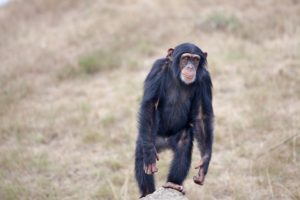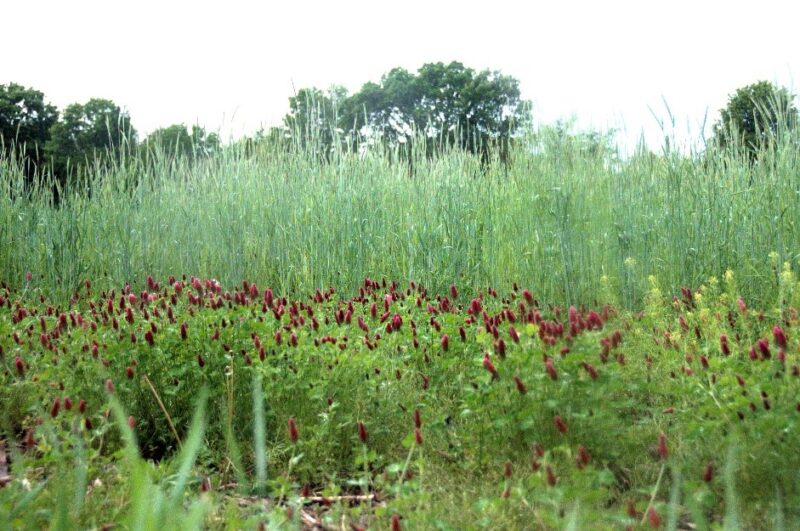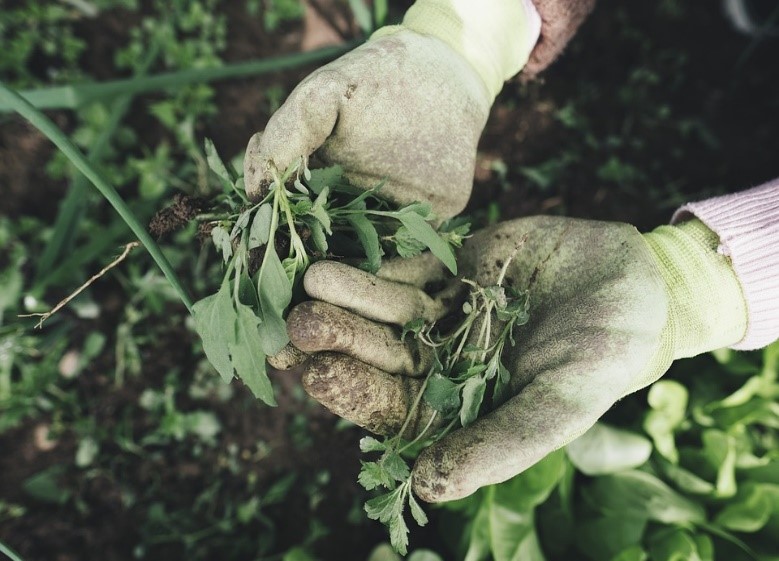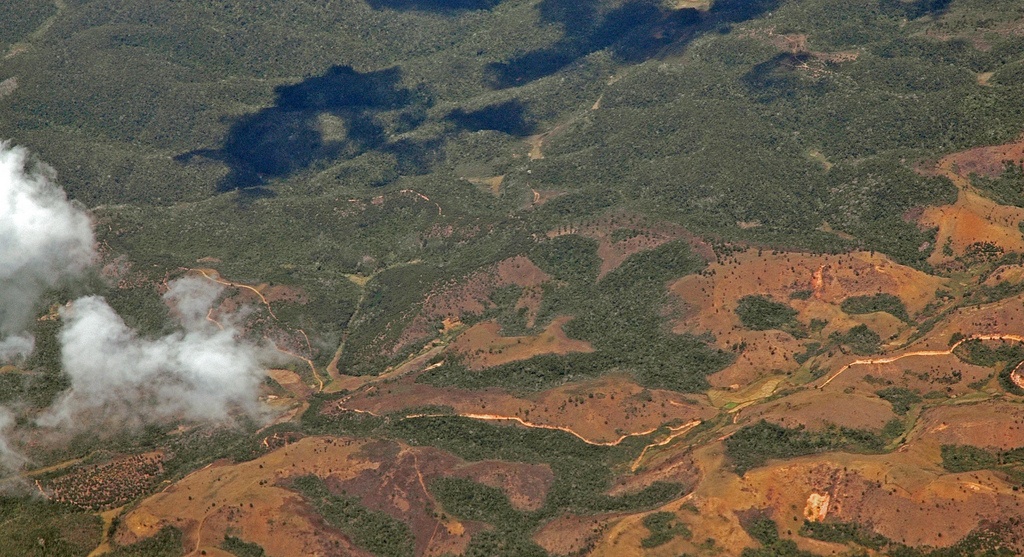Following an exciting first week of the 23rd United Nations Climate Change Conference, also known as the COP23, the National Wildlife Federation’s International Wildlife Conservation team continued to advocate for outcomes that will help protect wildlife and wildlife habitat.
While the formal negotiations crept along into week two, there remained lots of energy and activity in the “Bonn Zone” – a separate venue focused on climate action and side events – where forests were high on the agenda.
Week two kicked off with Forests Day on Sunday, November 12. Governments, Indigenous Peoples, and the private sector came together to advocate for, and demonstrate progress on, forest conservation. Halting climate change without protecting the world’s forests will be impossible and this collaborative effort to protect them is a bright signal for the survival of wildlife and wildlife habitat!
Public and Private Sector Declarations
 Several major announcements were made on Forests Day, including Walmart’s commitment to deforestation-free commodities; an Ecuadorean pledge to reduce 15 million tons of CO2 emissions in its forest sector; and Mars Inc.’s new policy to reduce its carbon footprint by 27% by 2025 and by 67% by 2050 through tackling deforestation throughout its supply chain.
Several major announcements were made on Forests Day, including Walmart’s commitment to deforestation-free commodities; an Ecuadorean pledge to reduce 15 million tons of CO2 emissions in its forest sector; and Mars Inc.’s new policy to reduce its carbon footprint by 27% by 2025 and by 67% by 2050 through tackling deforestation throughout its supply chain.
In another big win for the world’s forests and wildlife habitat, two-thirds of the world’s cocoa producers have agreed on actions to eliminate deforestation and restore forests areas in Côte d’Ivoire and Ghana. Côte d’Ivoire is home to a wide array of threatened animals such as the endangered African elephant and the chimpanzee, as well as the vulnerable African golden cat.
The governments and major suppliers in both countries have announced steps forward for improved management of forests reserves. Tools and data, such as land-use analyses and forest cover maps will be developed and publicly shared by the government to help put in place a verifiable monitoring system, which will enable tracking of deforestation and prevent future expansion into native vegetation. Together the governments and partner chocolate sourcing and manufacturing companies make up an estimated 80+ percent of global cocoa usage. For example, global players such as Cargill Cocoa and Chocolate, Ferrero, General Mills, Godiva Chocolatier, Nestlé, Sainsbury’s, and many others have committed to the above framework. This commitment by such a large representation of the market demonstrates that the future of chocolate production can be deforestation-free. Chocolate lovers can rejoice as the industry gets one step closer towards protecting wildlife and wildlife habitat!
Focus on Forests
 The National Wildlife Federation’s international team hosted a side event further elevating successful public and private sector strategies to reduce deforestation. This event was organized by the National Wildlife Federation, UN-REDD+ Programme, Instituto Nacional de Pesquisas da Amazônia (INPA), United National Forum on Forests, Imazon, Greenpeace, the Federal Office for the Environment (FOEN), and the International Institute for Applied Systems Analysis (IIASA), and hosted at the Forest Stewardship Council headquarters in Bonn, Germany. The side event explored several pathways towards reaching zero deforestation, and demonstrated how the national Paris commitments (called Nationally Determined Contributions [NDCs]), and different methods to raise finance for forest conservation, can work synergistically with private sector initiatives, and how to mobilize finance for forests through reducing emissions from deforestation and forest degradation and the role of conservation, sustainable management of forests and enhancement of forest carbon stocks in developing countries (REDD+).
The National Wildlife Federation’s international team hosted a side event further elevating successful public and private sector strategies to reduce deforestation. This event was organized by the National Wildlife Federation, UN-REDD+ Programme, Instituto Nacional de Pesquisas da Amazônia (INPA), United National Forum on Forests, Imazon, Greenpeace, the Federal Office for the Environment (FOEN), and the International Institute for Applied Systems Analysis (IIASA), and hosted at the Forest Stewardship Council headquarters in Bonn, Germany. The side event explored several pathways towards reaching zero deforestation, and demonstrated how the national Paris commitments (called Nationally Determined Contributions [NDCs]), and different methods to raise finance for forest conservation, can work synergistically with private sector initiatives, and how to mobilize finance for forests through reducing emissions from deforestation and forest degradation and the role of conservation, sustainable management of forests and enhancement of forest carbon stocks in developing countries (REDD+).
Forests continued to be a main talking point for the rest of the week, especially the links between forests and agriculture. A key dilemma is that as the world’s population and wealth continue to grow, the demand for food is rising, at the same time as production uncertainties are also growing due to a changing climate. The question is whether forests can be maintained in the face of pressure for agricultural expansion, and whether agriculture can be transformed to more efficient and ‘climate smart’ production on existing farm and ranchland.
Negotiation Outcomes
While the formal negotiations limped to the finish, and as developing countries argued for the climate finance promised by developed countries back in 2009, there was a bright spot: after years of negotiation deadlock, a global consensus was finally reached on a path forward for agriculture. Agriculture has been part of the Climate Change negotiations since 2011, but little progress had been made on whether the negotiations should focus on reducing emissions or reducing impacts to food security, as well as the related finance and technology-transfer implications.
After a tense first week that looked likely to end in another stalemate, an agreement was surprisingly reached at the “eleventh hour” that exceeded the expectations of most who follow the negotiations. The Parties finally agreed to streamline two separate technical negotiation tracks into a linked process – by having two negotiating bodies “jointly address” a number of topics related to agriculture through workshops and expert meetings. Topics to be addressed by this joint process include: adaptation, soil health and soil carbon in grasslands and croplands, livestock management systems, and socioeconomic and food security issues. While this may not seem like a monumental outcome given the scale of the challenges, what’s important is that the negotiators have finally reached a common understanding and level of trust that will allow this work to move forward. This kind of joint approach is what helped the REDD+ negotiations to succeed, and culminate in the Warsaw Framework for REDD+ back in 2013.
Conclusion
Several important indicators emerged at the COP23 talks that the public and private sectors are demonstrating their commitment to protecting forests across the globe and being more public about their progress. We hope that more of the key actors will join together to take the necessary steps forward to protect at-risk species for generations to come!




